The idea of establishing the National Centre for Physics (NCP) can be traced back to the brilliant Nobel Laureate, Prof. Abdus Salam. It all began in 1974 when the visionary idea took shape, with the intention of creating an institution that would later be known as the Centre for Physics. First Summer College emerged from this vision which was organized by PAEC in 1976.
Although the concept remained dormant for several years, it experienced a reawakening in the year 2000. The primary objective was to elevate the field of physics in our country. A proposal was set forth to establish a National Centre of Excellence in Physics, modeled after the prestigious International Centre for Theoretical Physics (ICTP), Trieste, Italy. This envisioned center would function as a research and training institute, much like its esteemed Italian counterpart.
NCP was inaugurated by Late Dr. Ishfaq Ahmad, Chairman, Pakistan Atomic Energy Commission, on May 16, 2000. The Director General of CERN, Professor Luciano Maiani and distinguished members of CERN delegation, the Vice Chancellor of Quaid-i-Azam University, Dr. Tariq Saddiqui, and other dignitaries, witnessed the inauguration.
The Centre obtained its Charter from the Government of Pakistan in April 2004. It is now functioning as an autonomous body funded by the Government of Pakistan. The Centre was initially located at the Quaid-i-Azam University Campus, which was later shifted to its own building with state-of-the-art infrastructure in October 2008.
For proper functioning of NCP, two advisory committees, namely the International Advisory Scientific Council (IASC) and National Advisory Scientific Program Council (NASPC) were formed to guide the scientific and academic progress of the Centre. The initial role assigned to NCP was to raise the standard of Physics at par with international norms of productivity and originality, and to act as an entity for the acquisition, generation, transmission, and dissemination of knowledge in frontiers of physics for Universities and Research and Development (R&D) organizations covering the following broad areas of physics, including theoretical and experimental high energy physics, ion beam physics, atomic and laser physics, and allied disciplines.
The centre began an ambitious expansion journey in September 2020, expanding its boundaries beyond the realms of physics and associated sciences to include cutting-edge technologies of the future like artificial intelligence (AI), additive manufacturing (3D printing), and vacuum science and technology and now it consists of four unique Centers of Excellence for:
- Physics
- AITeC
- NINVAST
- PIAM3D
